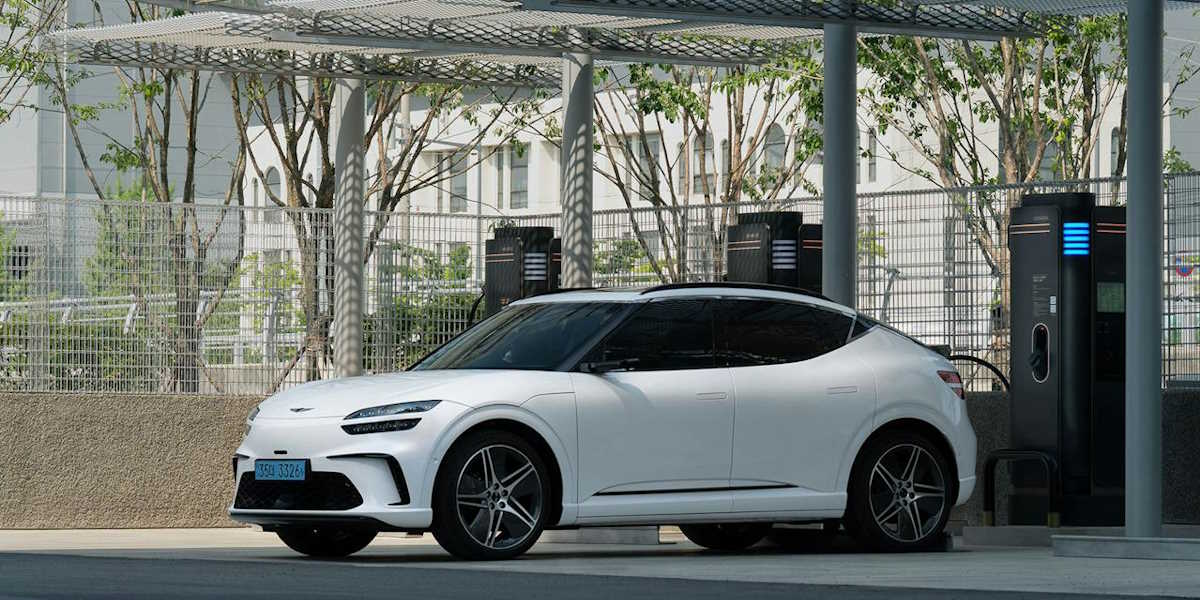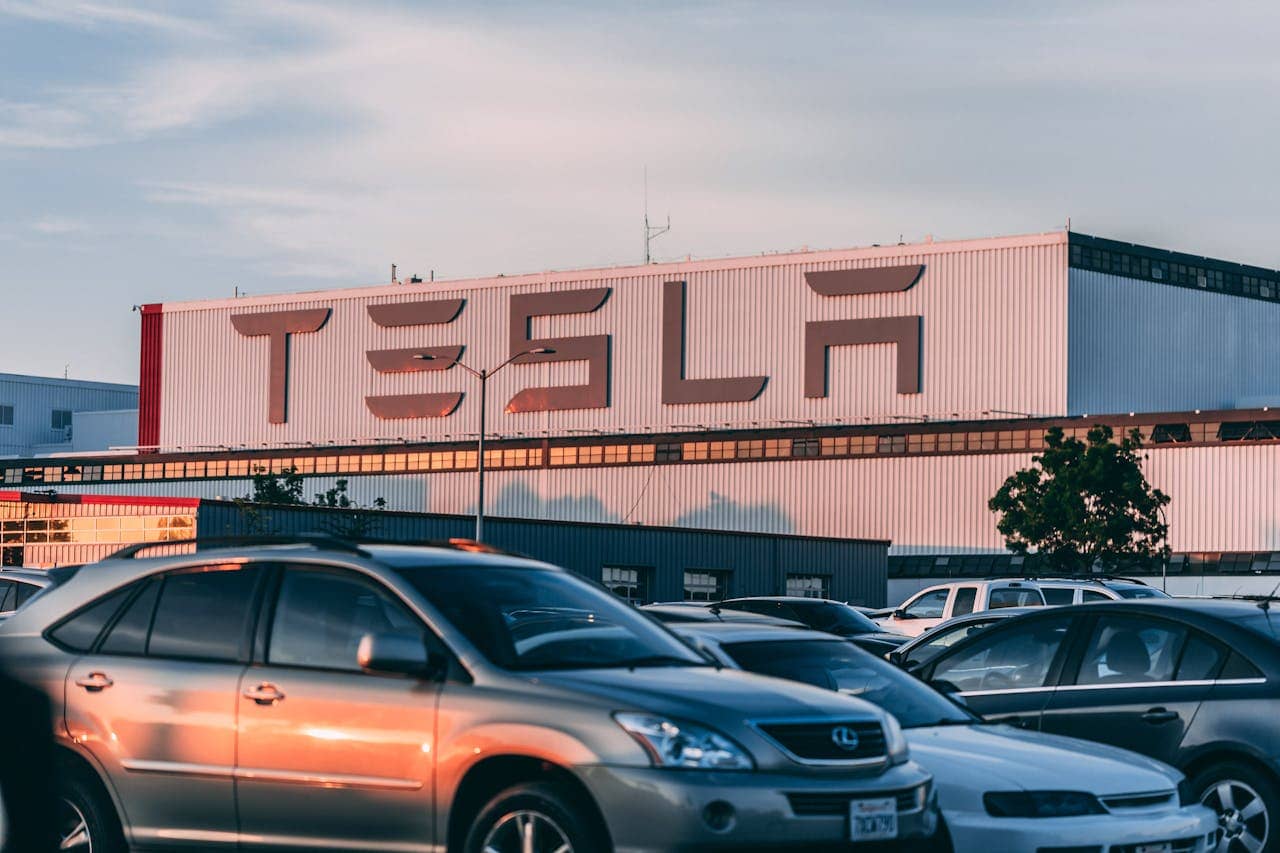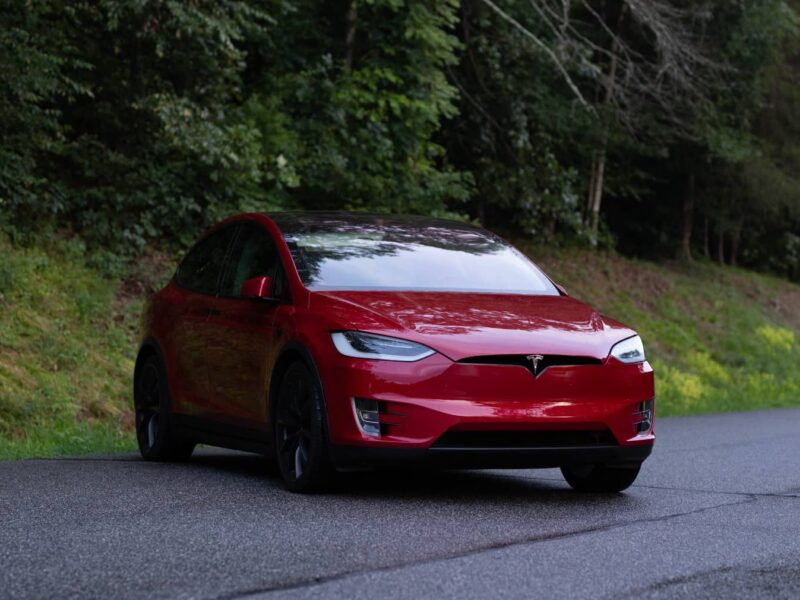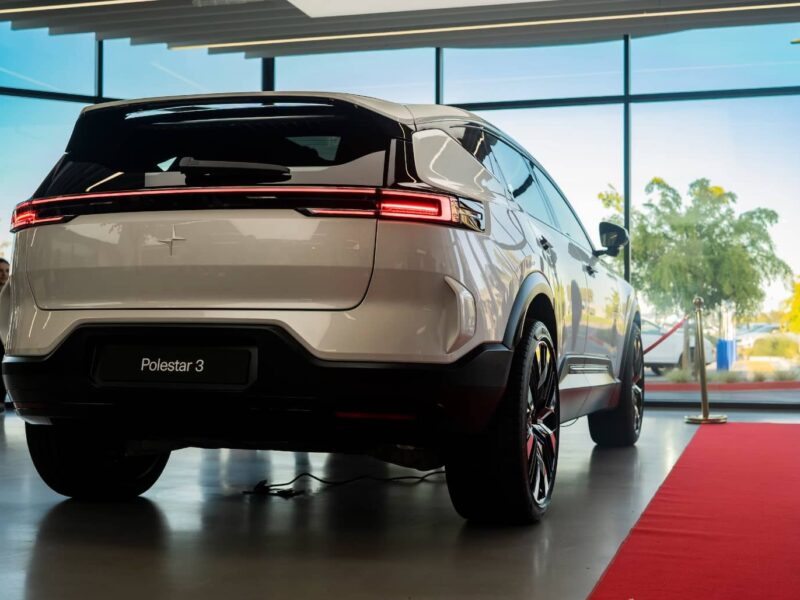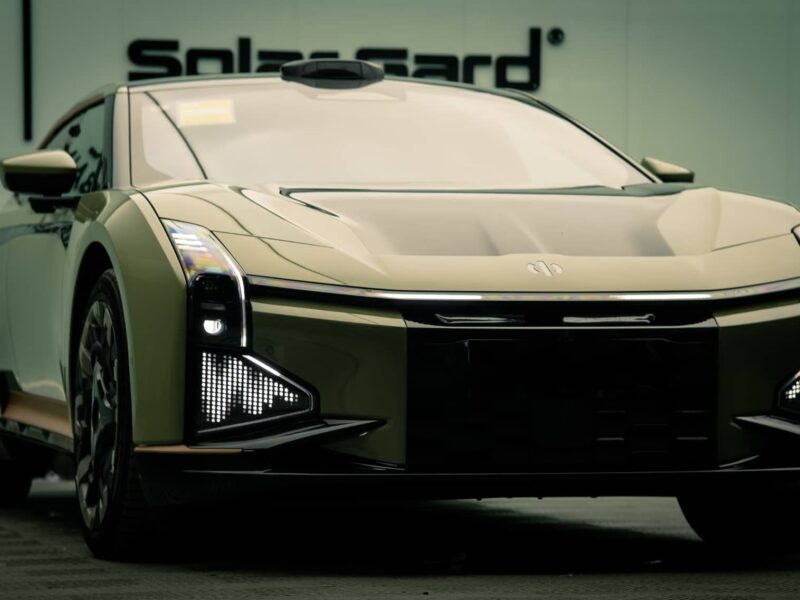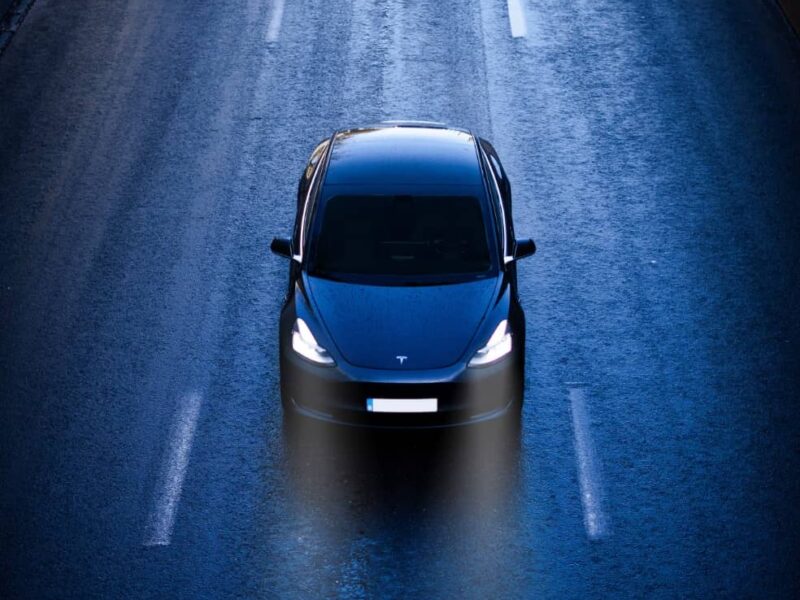Charging solutions for electric vehicles in the Netherlands
Driving electric has become increasingly common in the Netherlands. As the number of electric vehicles rises, so does the need for reliable and efficient charging solutions. Carnews provides an overview of the available charging options and the factors that affect charging electric cars.
Types of charging stations and their uses
Charging stations come in different forms, each suitable for specific situations. Home charging stations are often installed at private homes and offer the option to charge the vehicle overnight. Public charging stations can be found in public car parks and along roads, so drivers can charge while on the go. Fast chargers, which supply higher power, are usually located at petrol stations and along motorways, intended for rapid top-ups during longer journeys.
Charging capacities and times
The capacity of a charging station determines how quickly an electric car can be charged. Home charging stations generally offer between 3.7 kW and 11 kW, resulting in charging times of several hours. Public charging stations vary in capacity, while fast chargers can deliver up to 150 kW or more, allowing vehicles to reach about 80% in around 30 minutes. The actual charging time also depends on the capacity of the vehicle’s battery and the charging speed the vehicle can handle.
Installation and connection of charging stations
When installing a charging station, consideration must be given to the site’s electrical infrastructure. For home charging points, it’s important to check whether the fuse box has enough capacity and if there is a suitable place for installation. For public or business charging stations, factors such as the grid connection, available space and accessibility play a role. It’s advisable to hire a certified installer for the installation, to ensure a safe and compliant connection.
Smart charging solutions and energy management
Modern charging stations often offer smart features that optimise energy management. Load balancing ensures that available power is distributed evenly across multiple charging points, preventing overloading of the electricity grid. Some systems can also be integrated with solar panels, so vehicles can be charged using self-generated sustainable energy. In addition, some charging stations allow you to schedule charging times, so charging takes place during off-peak hours when energy rates are lower.
Maintenance and management of charging infrastructure
Maintaining charging stations is essential for reliable operation. Regular inspections can help to identify wear or faults in good time. For business or public charging stations, it is important to set up a management plan covering aspects such as monitoring, fault notifications and user management. Some providers offer platforms that enable charging station usage to be monitored and managed, which is especially useful for sites with multiple charging points.
Contribution to charging infrastructure
In the Netherlands, various companies offer charging solutions. Ekiz Energie is one of these companies and focuses on supplying charging stations for both private and business use. They offer a range of charging solutions, from home charging stations to systems for vehicle fleets. Their aim is to provide reliable and efficient charging solutions that match the needs of users.
Future developments in charging infrastructure
The charging infrastructure in the Netherlands continues to develop to meet growing demand. Work is underway to expand the number of charging points, both in urban and rural areas. Innovations such as bidirectional charging, whereby vehicles can return energy to the grid, are being explored and tested. In addition, ways are being considered to integrate charging infrastructure into existing facilities, such as street lighting and car parks, to further increase the number of available charging points.
